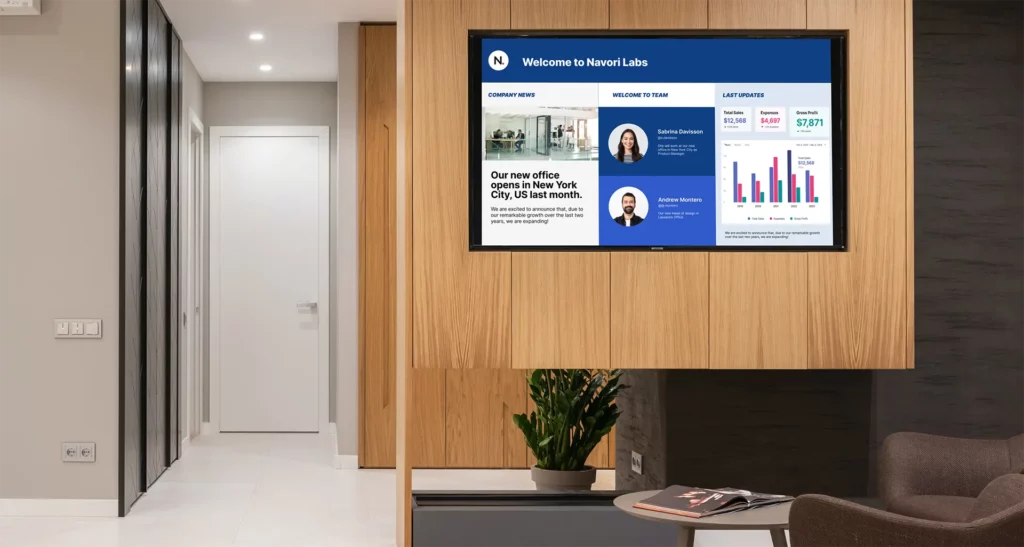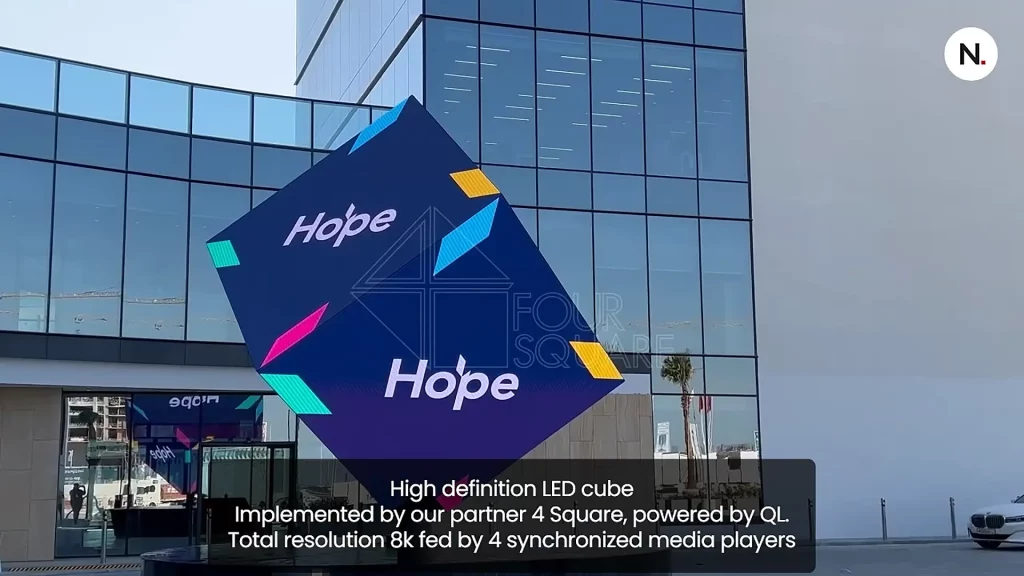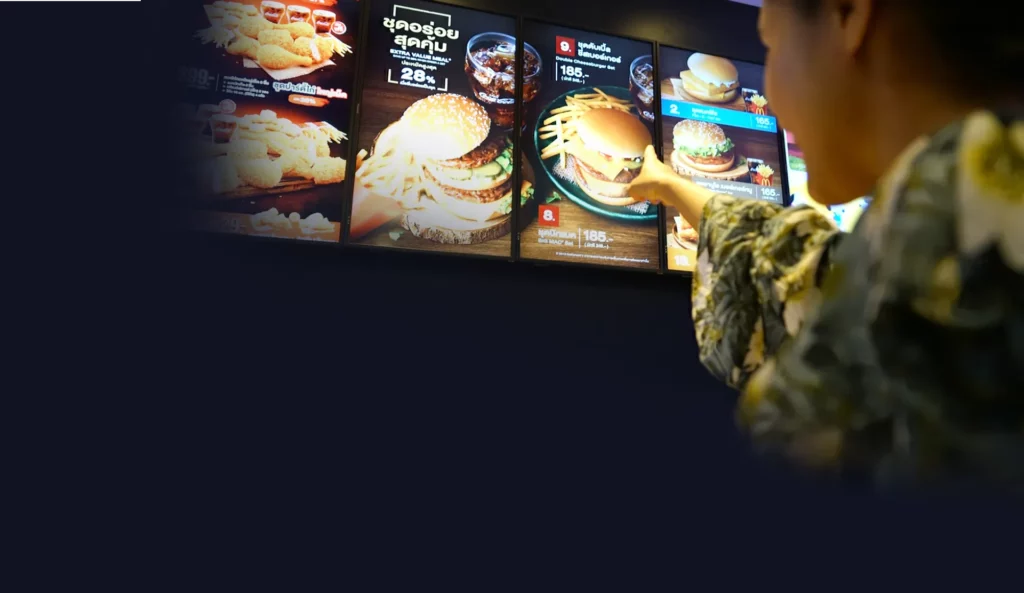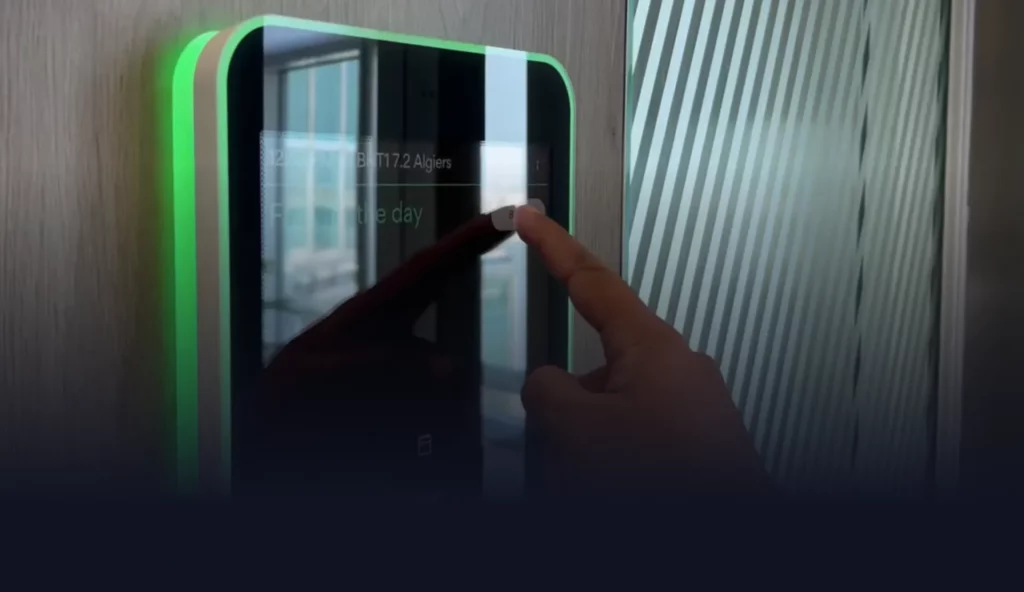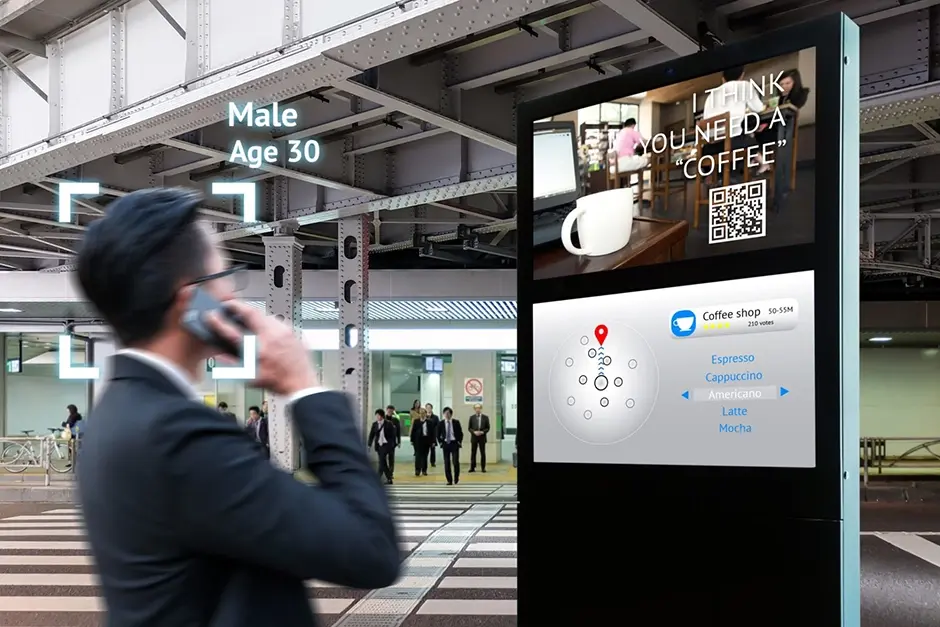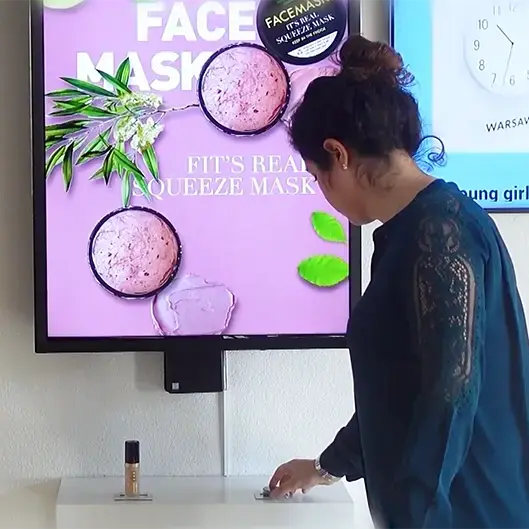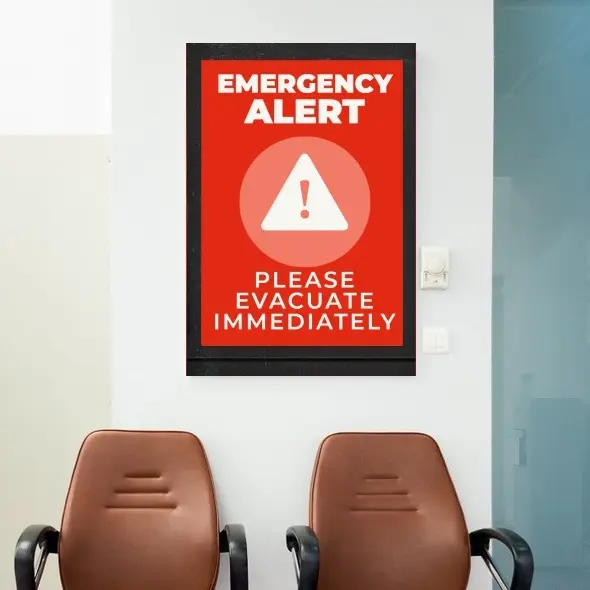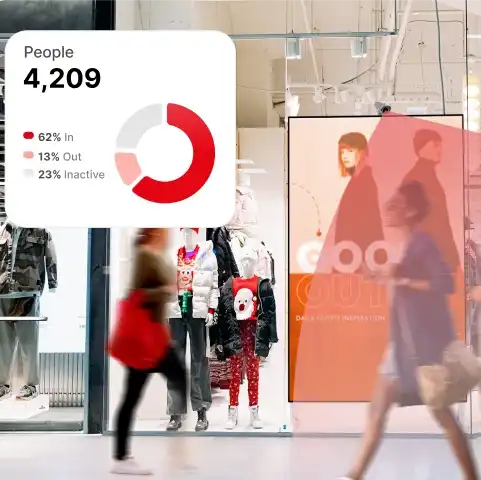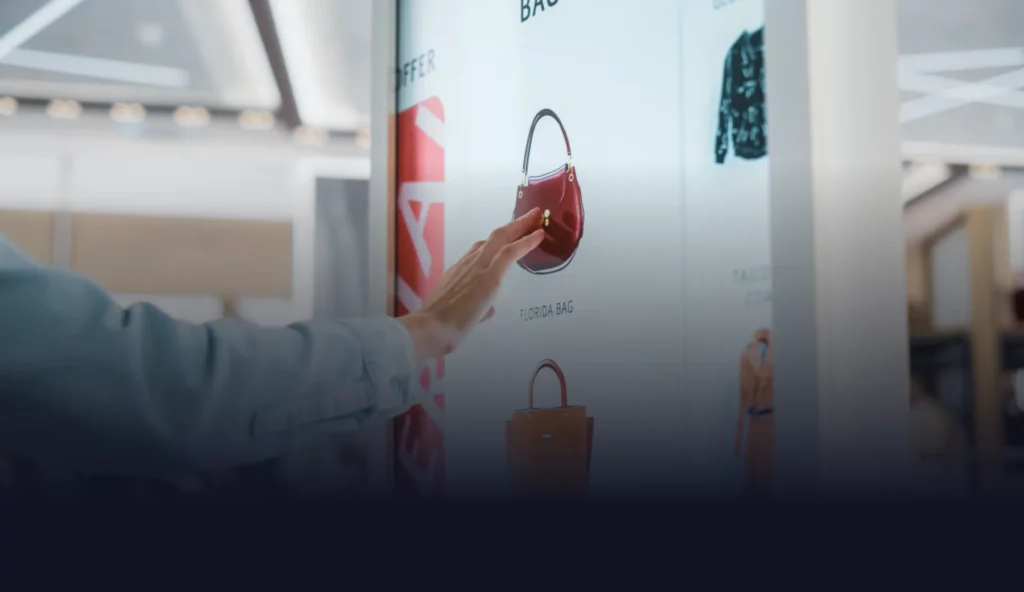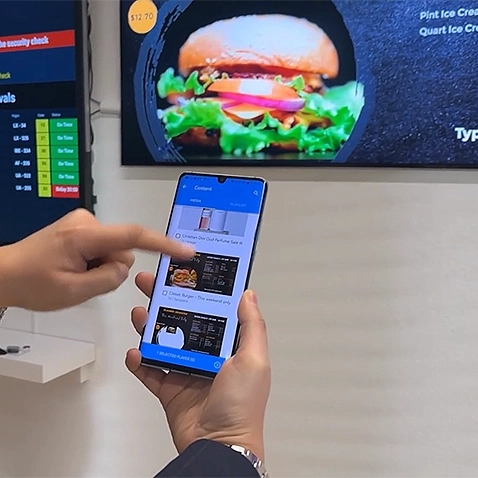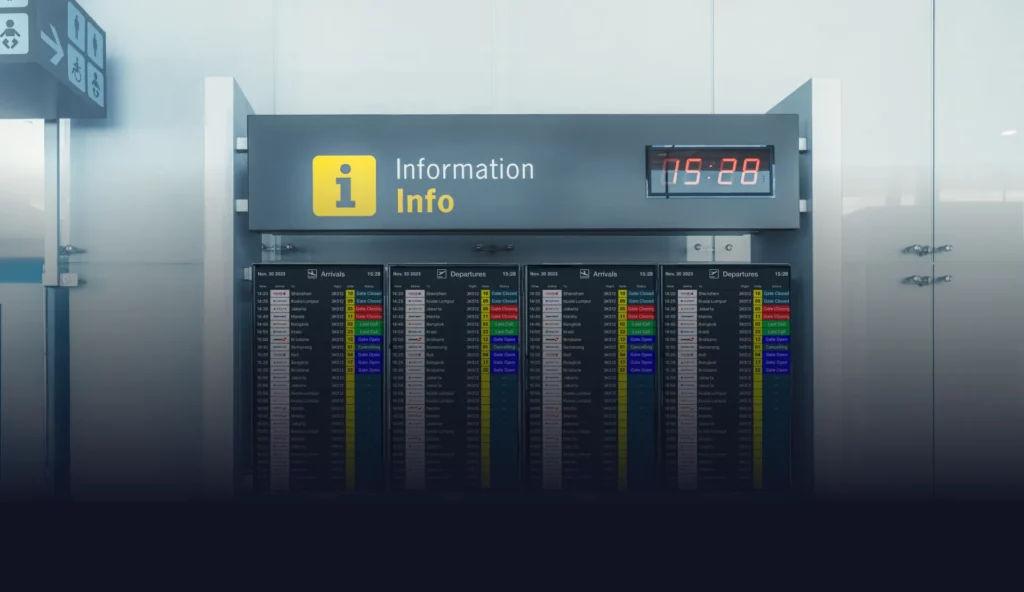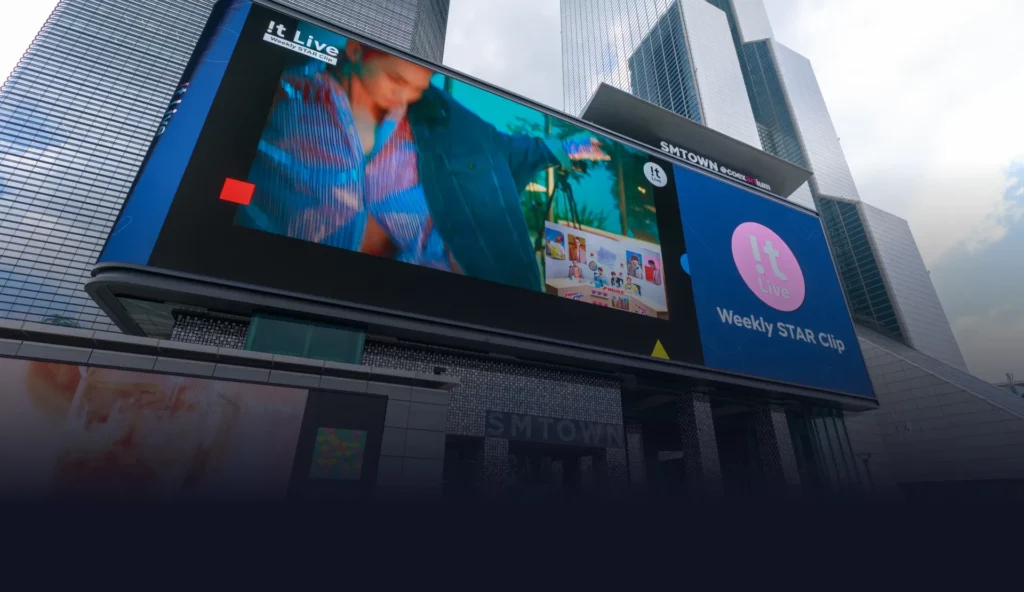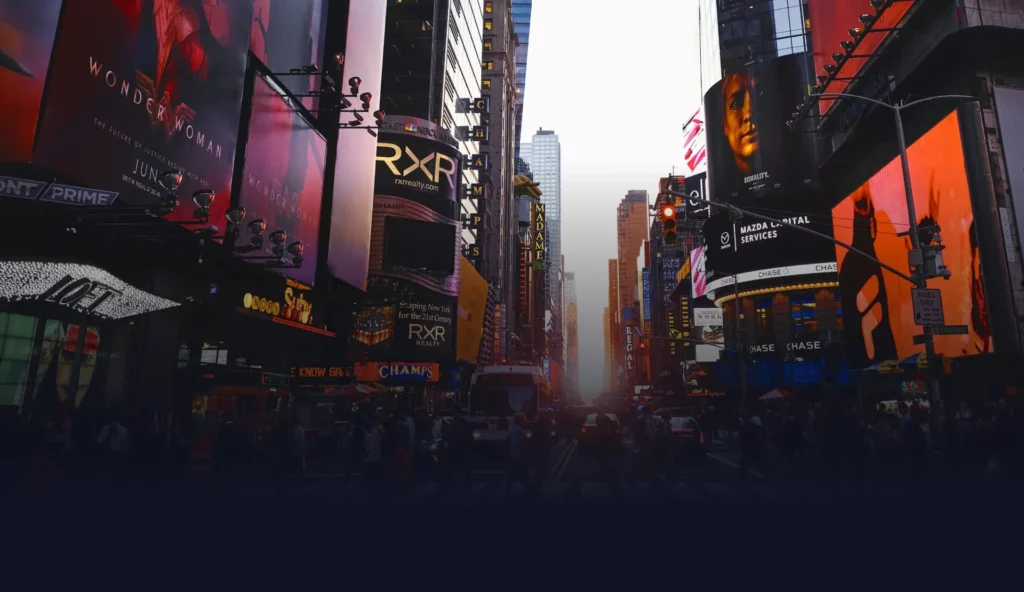How Retail Digital Signage Works
Digital signage software fulfills three main needs:
Retail digital signage immediately welcomes shoppers upon their entry into the store. Furthermore, this impact extends beyond the store’s boundaries with the use of exterior LED signage, attracting potential customers who might have otherwise passed by. Consequently, digital signage becomes a tool for setting customer expectations.
This technology not only sets the ambiance but also enhances the overall shopping experience. When effectively employed with relevant content, digital signage can make shopping more engaging and less mundane. This holds true for various retail sectors, including automotive, fashion, home decor, and tools.
Digital signage empowers retailers to continually shape and adapt their offerings. Whether it involves adjusting prices, presenting product features, or altering content across multiple screens within a location, there are no delays in making these updates.
Here are a few examples illustrating how digital signage can assist retailers in their day-to-day operations:
Automobile parts stores
Digital signage solutions are helping new and pre-owned vehicle stores increase sales and improve their overall customer image through useful product information. Digital displays can be installed throughout the sales floor and in lounge areas to present car inventories to visitors. Since many pre-owned car dealerships advertise on the internet, the same information can be reused and repurposed for customer consumption inside the store.
Moreover, not every car store has a large enough showroom to feature every car. So, it makes sense to show some of the cars in the lot on screens that can be viewed in the comfort of a lounge. Certainly, digital signage displays can assist salespeople and help walk a potential customer through a range of vehicles and features in a very short time. Either through touch-enabled screens or by interacting with the screen using a smartphone.
Sports equipment stores
Selling sports equipment is a huge business and it’s becoming increasingly difficult for stores to compete with e-commerce retailers. With e-commerce sales booming, brick-and-mortar retailers have it tough. To fight back, many stores try to create destinations where the shopping experience is part of the mix. Digital signage has been playing a major role in creating a more inviting and enticing environment for shoppers.
Displays scattered throughout the store can screen dynamic videos featuring extreme sports and far-away locations. Content can be adapted to match the season with advertising content inserted in the mix. It’s an easy way to liven up the sales floor and compete with large chains and e-commerce retailers.

Navori Empowers Many Retail Applications …
New and pre-owned vehicle sales
Digital signage solutions are helping vehicle stores increase sales and improve their overall customer image. Digital displays can be installed throughout the sales floor and in lounge areas to present car inventories to visitors. Since many pre-owned car dealerships advertise on the internet, the same information can be reused and repurposed inside the store.
Not every car store has a large enough showroom to feature every car. So, it makes sense to show some of the cars in the lot on screens that can be viewed in the comfort of a lounge. Digital displays can assist salespeople and help walk a potential customer through a range of vehicles and features in a very short time. Either through touch-enabled screens or by interacting with the screen using a smartphone.
Fashion retail stores
Fashion stores tend follow the same trend as they start to lose more and more customers to e-commerce. Successful brick-and-mortar fashion retailers install displays in every area of the store including the front window, change rooms and behind the service desks. Storefront digital signage displays must be sufficiently bright to be visible in full sunlight unless the displays are mounted well inside the store where they remain shaded from full sun.
Change rooms have seen all sorts of innovative applications, such as “smart mirrors” and other features intended to make the shopping experience more memorable. Many high-end fashion stores invest in large format displays, video walls featuring displays with extremely thin bezels and fine dot-pitch LED displays that are suitable for interior installations. These installations are meant to enhance the brands and attract more customers.
Furniture and home décor stores
Many big furniture and home décor stores now use digital signs. You can spot them in large stores, often showing directions or interactive maps on touch screens. These signs also help with other things like advertising financing or new products and guiding shoppers. Digital signs are a great fit for furniture and home décor stores. They can even be part of room displays, like flat-screen TVs.
Home appliance stores
Buying home appliances can be daunting. It can be difficult to compare similar looking products based on a few bullet points printed on a small cardboard sign. This is where interactive digital signage can make a world of difference to consumers. Touch screen displays can be set up and connected to a database with each product’s features and benefits. This way, customers can access the information easily without having to chase down a sales associate who may be busy helping someone else.
It’s also important to note that appliances models change constantly. New features are always being added and it’s difficult even for store associates to keep on top of it all. Store personnel can also benefit from digital signage software as they can access the same, up-to-date information as customers.
By empowering customers through retail digital signage, appliance stores can improve the shopping experience at little cost. It’s a win-win proposition for everyone.
Consumer electronics stores
We’ve all encountered the “TV wall” at our local electronics big-box store. These colossal television displays consistently screen the same movie across every screen, leaving a lasting impression—whether intriguing or slightly unsettling, depending on the store manager’s cinematic preferences. To maintain uniformity across multiple locations, many prominent consumer electronics retail chains have adopted digital signage systems to orchestrate content showcased on each TV screen in their stores.
The impact has been remarkable. While customers can still assess image quality between different units, these displays now serve as platforms for presenting ongoing promotions, consumer guidance, and brand-enhancing programming. Furthermore, the same system that manages these TVs can also oversee other consumer-facing displays, optimizing efficiency through a unified platform.
Another widely adopted application in this sector is the implementation of “lift and learn” digital signage. In this scenario, whenever a shopper picks up a product, nearby digital signage screens automatically play content relevant to the interacted item.
Recommended Hardware
To optimize the impact of retail digital signage across various sectors, including automotive, sports equipment, fashion, furniture, home appliances, and consumer electronics stores, we recommend the Navori Stix 3700 hardware solution. Specifically engineered to meet the demanding requirements of dynamic displays, the Stix 3700 ensures seamless content delivery and visual appeal.
With its robust processing power and multi-output capabilities, this hardware solution empowers retailers to captivate customers with vibrant images and engaging content. Whether showcasing car inventories, extreme sports videos, fashion trends, furniture displays, or consumer electronics promotions, the Stix 3700 enables retailers to create immersive and enticing environments that enhance the overall shopping experience. Additionally, its versatility extends to touch-enabled screens or smartphone interaction, providing interactive capabilities to engage and inform customers effectively.
Pairing the Navori Stix 3700 with digital signage software offers retailers a comprehensive solution to shape and adapt their offerings dynamically, ensuring continuous engagement and operational efficiency in the ever-evolving retail landscape.

